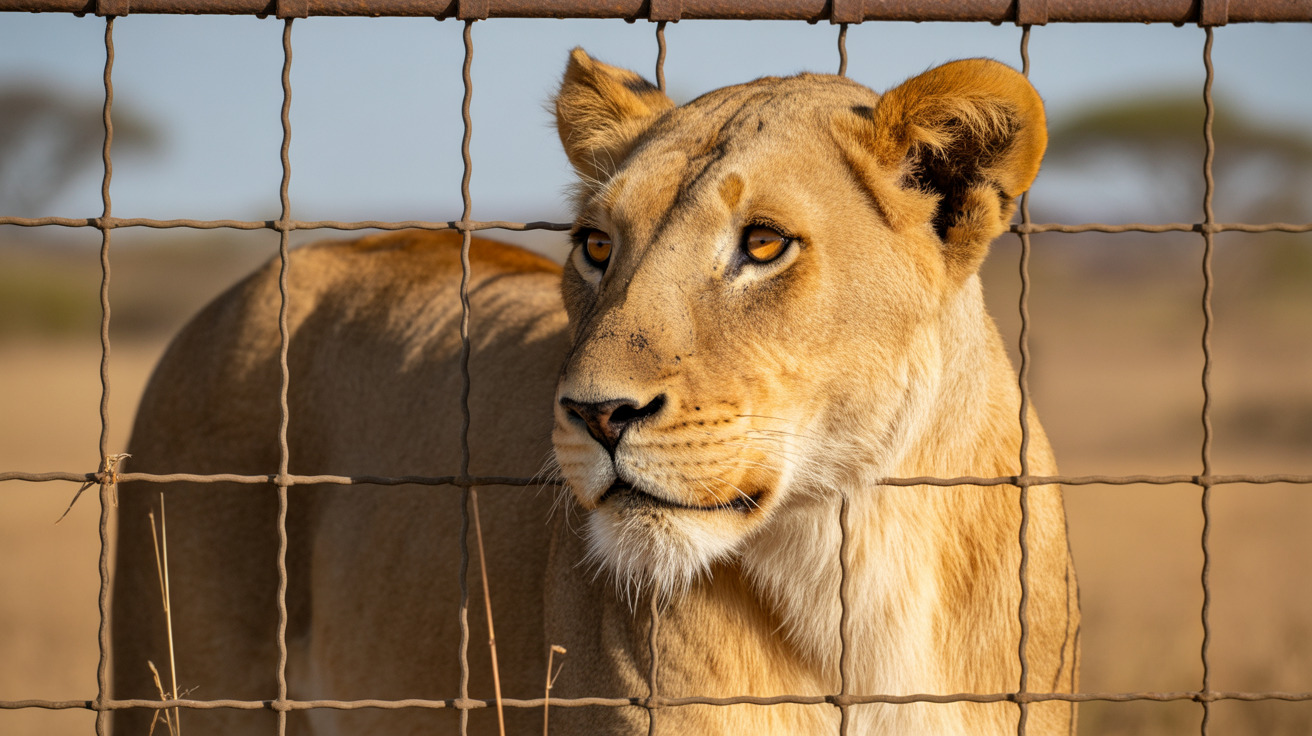If you've noticed your cat drinking more water than usual, you might be wondering whether this change in behavior is normal or a cause for concern. While increased water consumption can be perfectly natural in some cases, it's often one of the first signs that something may be affecting your cat's health.
Understanding what's normal for your cat and recognizing when water consumption becomes excessive can help you make informed decisions about your pet's health. Let's explore the various reasons behind increased thirst in cats and when you should seek veterinary attention.
Understanding Normal Cat Water Intake
A healthy cat typically consumes about 3.5 to 4.5 ounces of water per 5 pounds of body weight daily. This amount can vary based on several factors, including diet type, activity level, and environmental conditions. Cats eating primarily dry food will naturally drink more water than those on a wet food diet.
Signs Your Cat's Water Consumption Is Excessive
Excessive thirst, medically known as polydipsia, often occurs alongside increased urination. Watch for these warning signs:
- Water bowl needs frequent refilling
- Cat visiting water bowl more often than usual
- Increased urination or larger clumps in the litter box
- Interest in unusual water sources (faucets, toilet bowls)
Common Medical Causes of Increased Thirst
Kidney Disease
Chronic kidney disease is particularly common in older cats. When kidneys don't function properly, cats drink more water to compensate for their body's decreased ability to concentrate urine. Early detection through regular veterinary check-ups is crucial for managing this condition.
Diabetes Mellitus
Diabetes can cause excessive thirst as the body tries to flush out excess sugar through urination. This condition often affects overweight cats and requires prompt medical attention. With proper management, some cats can achieve remission, especially if the condition is caught early.
Hyperthyroidism
This condition occurs when the thyroid gland produces too much hormone, increasing metabolism and causing increased thirst. Other symptoms often include weight loss despite increased appetite and restless behavior.
Environmental and Dietary Factors
Sometimes, increased water consumption has non-medical causes:
- Hot weather
- Switch from wet to dry food
- Recent changes in activity level
- New medications
- Stress or anxiety
When to Contact Your Veterinarian
Seek veterinary care if you notice:
- Sudden increases in water consumption
- Other behavioral changes or symptoms
- Significant changes in urination patterns
- Loss of appetite or weight changes
Frequently Asked Questions
Why is my cat drinking a lot of water suddenly?
Sudden increases in water consumption can be caused by various factors, including medical conditions (kidney disease, diabetes, hyperthyroidism), dietary changes, or environmental factors like hot weather. Any sudden change warrants attention from your veterinarian.
How do I measure my cat's water intake to determine if it's excessive?
Monitor water intake by measuring the amount you put in the bowl and tracking how much remains after 24 hours. Keep in mind that spills or multiple pets can affect accuracy. Your veterinarian can help determine if the amount is concerning for your cat's size and diet.
What are some common medical conditions that cause a cat to drink more water?
The most common medical conditions include chronic kidney disease, diabetes mellitus, hyperthyroidism, and liver disease. Each of these conditions requires specific veterinary diagnosis and treatment.
Can a change in diet affect how much water my cat drinks?
Yes, diet significantly affects water consumption. Cats on dry food typically drink more water than those on wet food diets, as wet food contains up to 80% water. Any dietary change should be made gradually and under veterinary guidance.
How often should I take my cat to a vet if they're drinking more water than usual?
If you notice increased thirst, schedule a veterinary appointment within a few days. For cats with diagnosed conditions, follow your vet's recommended check-up schedule, typically every 3-6 months, depending on the condition and its severity.






